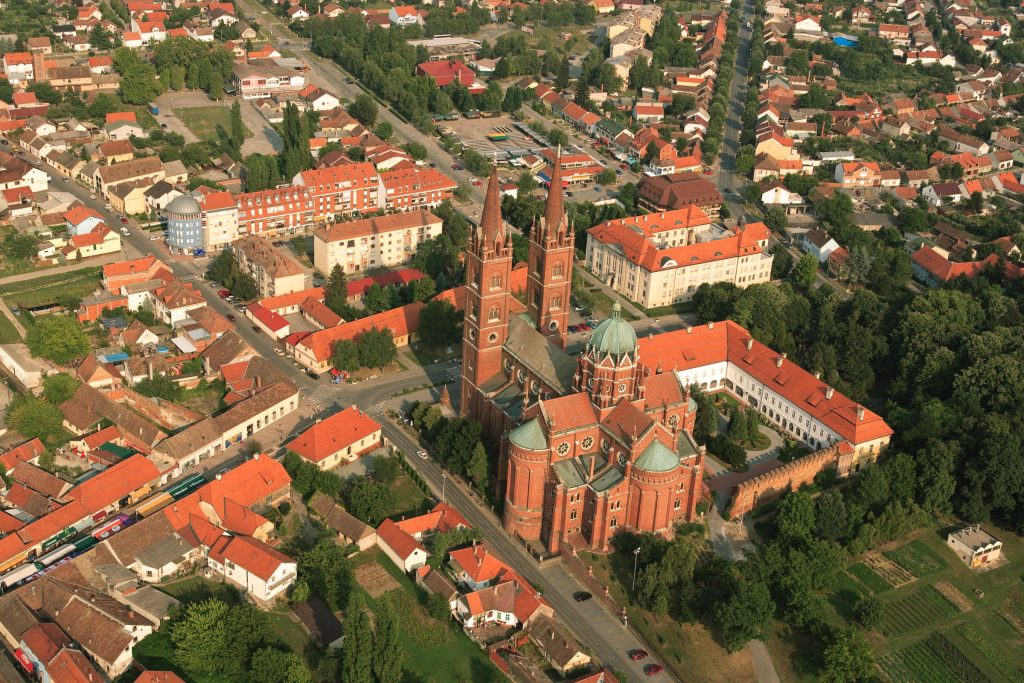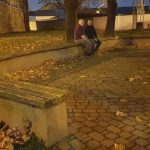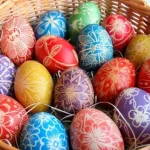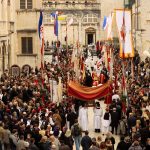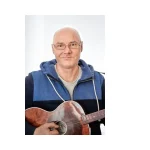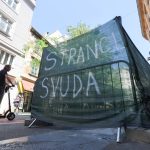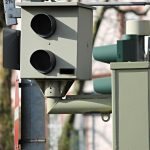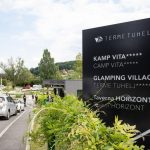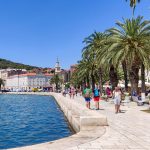When reviewing the list of festivities in Croatia, a tourist or even a Croatian citizen, is shocked by the variety and content Croatia organizes every year for their visitors. Urban, cultural, and gourmand festivals are in forefront of most tours and offers, especially with summer coming soon and since Croatia became a really popular destination among tourists, they also got more interested in the tradition and cultural heritage of the region they visit. For instance, Dubrovnik, which is a jewel of the Adriatic coast, not only attracts visitors with its gourmand offers or beautiful historic sites like Tvrđava, they also have the Dubrovnik Summer Festival (Dubrovačke ljetne igre) which brings visitors closer to tradition and the way native people of Dubrovnik lived centuries ago. This event brings Dubrovnik back to the golden age of renaissance and baroque, the living spirit of drama and music, and many more, which were bestowed upon Croatian cultural and scholarly history. That’s why Dubrovnik is so good at tourist offers, they bring everything to everyone.
However, with different tourists comes different tastes and recent years showed an increase in interest in Eastern Croatia, more precisely, Slavonia and Baranja, which are labeled as more “rural, folk” regions. Slavonians and Baranians recognized the potential these regions have and started adapting to tourists’ wishes and needs. Yes, they devised and organized multiple new festivals that will be held for many years to come but they realized their traditional festivals, which are really popular with lovers of everything related to tradition and locals, need more exposure.
Đakovački vezovi – Đakovo
Today, Đakovački vezovi is a well-known and affirmed manifestation of original folklore. The first manifestation occurred in July 1967, as part of then the International Year of Tourism and from the beginning, the event was a great success with people from Slavonia and beyond. The main event kept its original date and it’s held every year in July. Contents of the festival include original folklore from Slavonia, Baranja, Western Srijem, and other parts of Croatia with accompanying events such as the opening of various exhibitions, equestrian events, and other cultural and tourist events. The entire city participates in the event and in 2005, it received the International Tourism Charter (European Federation of Tourist Journalists based in Rome) Merits for Tourism. Thousands of folk costumes pulled from the chest of oblivion, thousands of participants from Slavonia, Baranja, the whole of Croatia, even Europe, and the world, bring us songs, dances, and customs of their homeland for decades in Đakovo. If you’re a gourmet, you’re settled. Hundreds of different dishes are served and ready for degustation. Wine lover? Multiple winemakers with their best wines are ready to show off their products which are a reflection of the beautiful, rich region of Slavonia. Artists, folk, history lovers, and even animal lovers can come and have the time of their lives which makes it one of the largest and most popular traditional festivities in Slavonia. For more details, check out their official website.
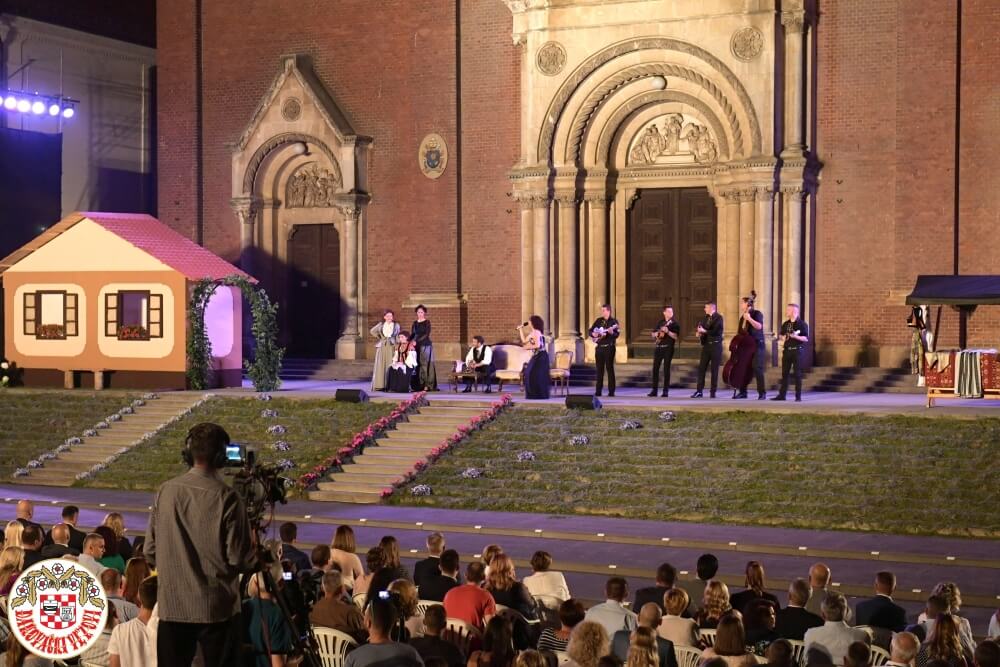
The opening of “Đakovački vezovi” in 2019 (photo credit: Photo Gallery – djakovacki-vezovi.hr)
Vinkovačke jeseni (Vinkovci Autumns) – Vinkovci
Definitely, the largest cultural event in the region, arguably in Croatia and some would say, in this part of Europe. The First Vinkovačke jeseni was organized in September 1966 and soon became one of the most famous festivals of its kind in all of Croatia. The foreground of the manifestation is the care of traditional folk dances, costumes, and customs in order to preserve various values of folk and traditional life of Slavonia. What’s really interesting is the fact that the manifestation is organized in September because of autumn – a season that rewards Slavonians for their hard work. After its founding, the festival soon began to connect all lovers of cultural heritage, not just Slavonia, but all the regions in Croatia. So every year hundreds of Folklore Societies from Croatia, Serbia, Bosnia and Herzegovina, Slovenia, and many more come to Vinkovci to display their culture to visitors. However, they didn’t stop there. Organizers recognized the tourist potential of their event and upgraded it for modern times, so apart from the main event which signifies a closure of Vinkovačke jeseni, the whole week before the opening is dedicated to its visitors! For instance, the opening of the event comes with a big performance by the local theatre with other guests from all over Croatia and in the evening the concerts of the biggest Croatian music stars begin, every evening of the week! Personally, I watched biggest Croatian performers on Vinkovačke jeseni stage like Dino Dvornik, Severina, Jelena Rozga, Klapa Intrade, Giuliano, Prljavo Kazalište and so many more. It truly is for everyone. Then, when the show of the manifestation ends on the last day of the week with the biggest folklore parade in this part of Europe (nationally televised), with the most popular folk and traditional commentator in Croatia, Branko Uvodić, every visitor feels enriched with Slavonian tradition, cultural heritage, food, art, folklore and more. That’s why Vinkovačke jeseni is one of the biggest traditional festivities in Slavonia and one of the best representatives of Croatian traditional, cultural heritage in this part of Europe. For more details, visit their official page. If you want to read more about Vinkovci, check this TCN article.
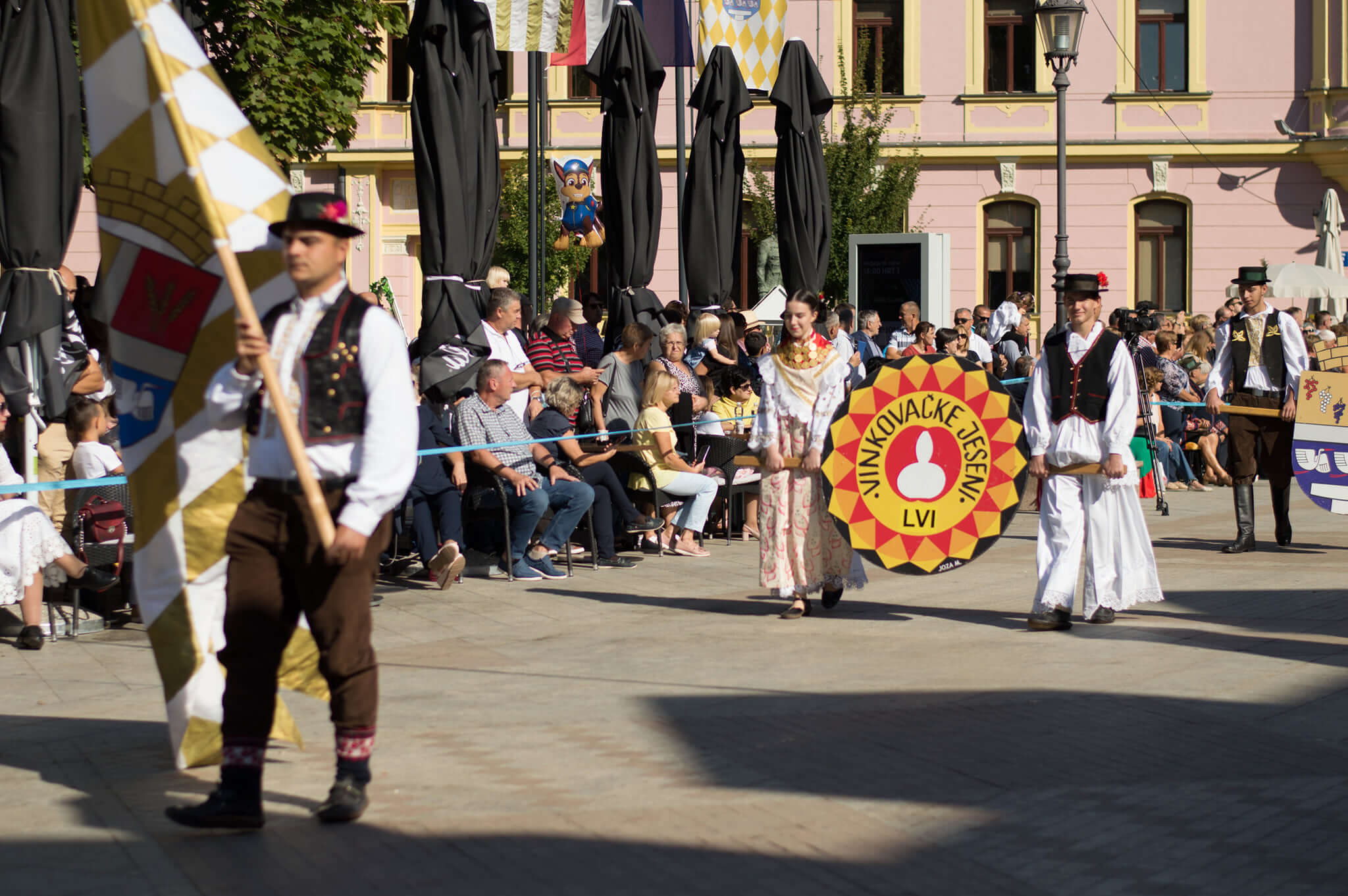
“Vinkovačke jeseni” parade – the main event on the last day (photo credit: Vinkovačke Jeseni – Facebook page)
Aurea Fest – Zlatne žice Slavonije (Golden Wires of Slavonia) – Požega
In the middle of Slavonia lies the city of Požega, located in the hilly parts of the region where none of the roads are straight – a place where hills are dotted with roads. Surrounded by the old hills of Psunj, Papuk, Krndija, Dilj, and Požeška Gora and home of the famous Croatian poet, Dobriša Cesarić, it doesn’t seem odd that this city is the home of one of the biggest traditional, cultural and musical events of folklore, tamburitza but also pop music, which has been held in Požega since 1969, with a break between 1981 and 1990. Zlatne žice Slavonije today is a four-day event with more than 40,000 visitors and more than 100 accredited journalists from several countries. Songs, top-tier wines, gastronomy events, concerts, exhibitions, art colonies, sports competitions, folklore festivals and other events are slowly making Požega and the Golden Valley one of the tourist destinations in Croatia in September. It hosted multiple Croatian musicians (mostly “tamburaši”) like Gazde, Zlatni Dukati, Miroslav Škoro, Slavonske lole and so many more. CDs and cassettes were pretty popular back in the day, which meant that almost every Slavonian household had a copy of musical repertoire from Golden Wires of Slavonia! So, if you visit Slavonia, definitely visit Požega in September – great content, songs, dances, food, and most importantly, people. The main event, the concert, is nationally televised on HRT every year. For more information, visit their official page.
For now, we’re stopping here. There are a lot of traditional festivities in Slavonia but these three events are staples of traditional festivities in Slavonia and the whole of Croatia. From entertainment to food and sports recreation, these manifestations are unmissable events if you want to visit Slavonia. Slavonian spirit cannot be recreated anywhere else, so if you want to relax further after a summer tour of the Adriatic, come to Slavonia, they’re going to welcome you with open arms.
For more, make sure to check out our travel section.

